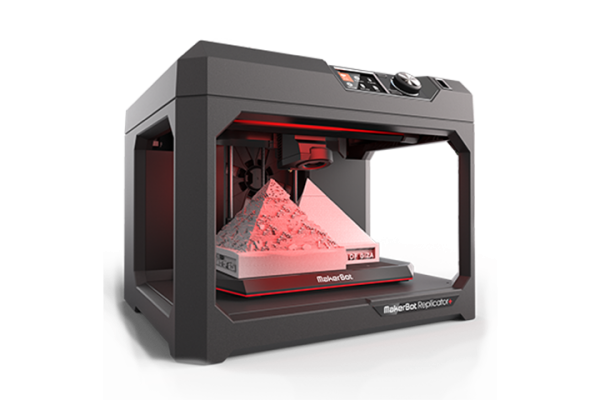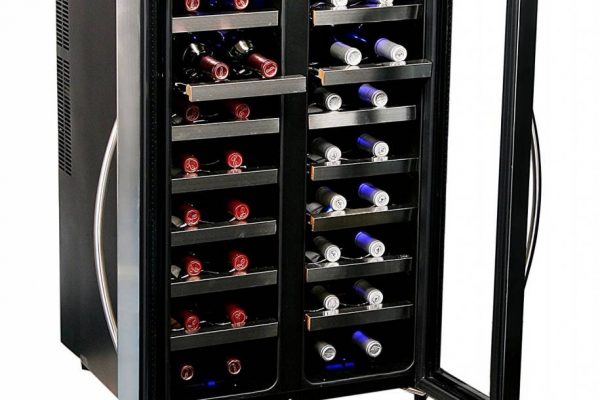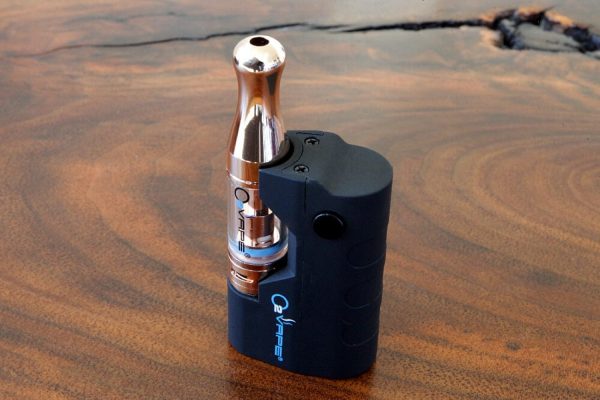Heating is the most important aspect of home comfort. If you live in a cold region, you know how much it matters to have warm and cozy homes for your family and loved ones. To make sure that you get all the warmth and comfort you need from the heating system in your house, you can choose among different types of systems, which will suit your needs according to your location. You can also go ahead with maaküte (geothermal heating), if you are living in an area where there is no access to power supply or if your home is too old and inefficient to use any other type of heating system.
The best thing about this type of system is that it does not emit harmful gases like many other types of heating systems do. It is also very cost-efficient because it only uses electricity to provide energy and does not require gas or oil. So, you can rest assured that your home is safe when using this type of system. When choosing a unit for your home, bear in mind that you should be able to install it yourself as it requires some work on your part during installation. Also, keep in mind that the size of the unit may vary depending on the size of your home. The larger your home is, the more efficient the system will be.
The best way to find out whether you can benefit from geothermal heat pumps is to contact a company specializing in providing services to homeowners who want to install them in their premises. They will help you decide which model would be best for your situation and give you tips and tricks on how to install the unit correctly.

How does Geothermal Heat Pumps work?
The use of geothermal heat pumps is not magical. In terms of operation, geothermal heat pumps are identical to other heat pumps. Heat pumps are devices that transfer heat by using a refrigeration cycle (similar to the one found in your refrigerator), making it hot on one side and cold on the other. The hot side should be inside your home in the winter and the cold side should be outside in the summer.
To understand what makes geothermal heat pumps so special, it is necessary to first look at how they work. Many people believe that heat pumps are just regular air conditioners but this is not true. A regular air conditioner works by passing the hot air through a refrigerant coil and then blowing it outside. But when it comes to heat pumps, they use ground temperature instead of air temperature, thus allowing them to extract heat directly from the earth. In simple terms, it means that these units take heat from the ground and transfer it to your house.
There are two kinds of heat pumps: ground source heat pumps (GSHP) and water source heat pumps (WSHP). Ground source heat pumps are usually installed underground, while water source heat pumps are installed under the floor of your home. Both types of heat pumps are designed to extract heat from the ground and send it inside your house. GSHPs are better than WSHPs because they have greater capacity, lower operating costs and produce less carbon dioxide emissions.
Types of Geothermal Heat Pumps
There are three main types of heat pumps available nowadays: solar thermal, electric and hybrid. Most companies selling geothermal heat pumps offer the last one. Solar thermal heat pumps are the oldest type of heat pumps and they are still used today because they are energy-efficient and affordable. Solar thermal heat pumps are more expensive to install but they are also less expensive to operate. Electric heat pumps are the newest type of heat pumps and they are cheaper to buy and operate than solar thermal heat pumps.
Hybrid heat pumps combine the advantages of both solar thermal and electric heat pumps. They use the sun’s rays to generate heat during daytime and then use electricity generated by photovoltaic panels to heat up the space in the evening hours.
Why Choose Geothermal Heat Pumps?
If you are looking for the best heating solution for your home, geothermal heat pumps are definitely worth considering. Not only will they provide you with warm temperatures throughout your home year round, but they are also environmentally friendly and energy-efficient. They are also very easy to maintain and they won’t require maintenance for 15 years after they are installed.
These systems are ideal for homeowners who want to save money and reduce carbon emissions. According to the Environmental Protection Agency, geothermal heat pumps are among the top 10 lowest CO2 emitters in the country. They emit around 20 pounds of CO2 per ton of heating produced, which is far less than other types of heating options.
They also don’t require any kind of fuel to run. All you need to do is to connect them to an electrical outlet and let them do the rest. No matter how small your home is, even a small heat pump can deliver enough heat to ensure that your home stays comfortable indoors. Since they are energy-efficient, they can also help cut down your energy bills.

Geothermal Heat Pump Installation Process
Once you have decided to go ahead with installing a geothermal heat pump in your home, the next step is to select a reputable HVAC contractor. This person will assist you with every step of the process including selecting the right size of the unit, designing the proper layout of your home, and connecting the system to the electrical grid.
Before starting the actual installation process, you will have to clear the site for the installation. The contractor must also inspect your home thoroughly before he starts working on it. Once everything is ready, he will begin digging into the ground to locate the pipes for the system. During the installation process, the contractor will dig holes for the pipes and place ground loops to conduct the heat into your house. He will also set the base plate for the heat pump.
After placing the pipes and the base plate, the contractor will then connect the components together. He will first fill the pipes with antifreeze fluid. Then he will cover the pipes with insulation and seal them with duct tape. He will also add a vapor barrier to protect the pipes from moisture. After covering the pipes with insulation and duct tape, he will start installing the fan assembly. He will then turn on the system and check its performance.
Now that you have learned about geothermal heat pumps, why not consider having one installed in your home? By doing so, you can enjoy great savings on your energy bills and you can also breathe easier knowing that your home is safe from harmful gasses.



































